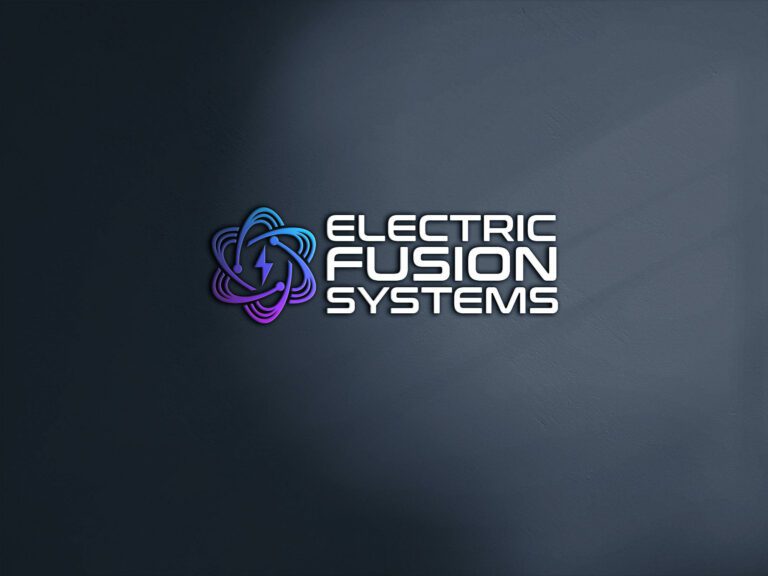Thomas Sommerfeld∗ and Katelyn M. Dreux Department of Chemistry and Physics, Southeastern Louisiana University, SLU 10878, Hammond, LA 70402, USA (Dated: Oct. 17 2012)
Abstract Small lithium ammonia clusters are model systems for the dissociation of metals into solvated cations and electrons in ammonia. Metal–ammonia solutions display a complex behavior with increasing metal concentration including a phase change from a paramagnetic to a metallic diamagnetic phase, and small clusters should be useful models in the low concentration regime, where one one may expect the ammoniated electron to show a behavior similar to that of the hydrated electron. Yet, even in the low concentration regime the nature of the ammoniated electron is still controversial with cavity models supported by optical and density measurements whereas localized radical models have been invoked to explain magnetic measurements. Small clusters can shed light on these open questions, and in particular the Li–NH3 tetramer represents the smallest cluster with a complete solvation shell for the Li+ cation. In view of the controversies about the character of the excess electron, the first question investigated is whether different theoretical characterizations of the ‘excess electron’ lead to different conclusions about it. Only small differences are found between orbital-based and spin density-based and between self-consistent-field and coupled cluster-based methods. Natural orbitals from equation-of-motion coupled-cluster calculations are then used to analyze the excess electron’s distribution of Li(NH3)4 with particular emphasis on the portion of the excess electron’s density that is closely associated with the N atoms. Three different comparisons show that only about 6% of the excess electron’s density are closely associated with the atoms, with about 1% being closely associated with any N atom, and that the electron is best characterized as a Rydberg-like electron of the whole cluster. Finally, it is shown that in spite of the small amount of density close to the N atoms, the spin-density at the N nuclei is substantial, and that the magnetic observations can plausibly be explained within the cavity model.

